World War One: An International, Multiracial Conflict
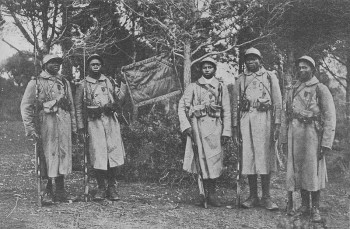
With the centennial of World War One in full swing, there’s a lot of press repeating the received truths about the war. If one listens to the UK media, it sounds like the British dealt with the Germans almost single-handed, saving Brave Little Belgium with a bit of help from the French and of course the Commonwealth allies.
American media coverage, such as it is, stresses the American role, while glossing over the first three years they missed. Neither of these national media spend much time on the wide diversity of people involved in the conflict.
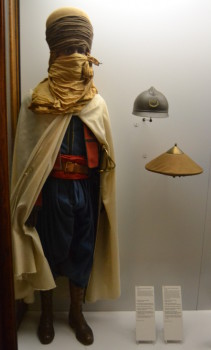
In reality, the French and Belgians were responsible for 3/4 of the Western Front throughout the war. Holding large parts of the line were colonial troops from the French Empire. Arab and Berber troops from Morocco were in some of the earliest battles such the Battle of the Aisne in September of 1914, which saw the first trench warfare on the Western Front. Soon more colonial troops flowed in from sub-Saharan Africa and southeast Asia. More than 72,000 French colonial soldiers died during the war.
Like the French, the British Empire also made use of their colonial manpower. The India WWI twitter feed regularly posts interesting images of the 1.5 million Indian troops who served, and of course soldiers from all over the global British Empire played their part.
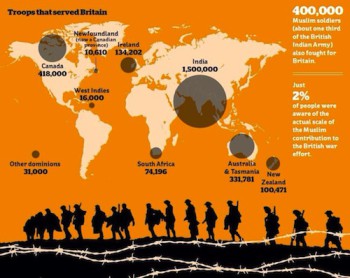
Many other countries also sent men to the front. More than 200,000 Chinese engineers, technicians, and laborers were recruited to work on the Western Front, East Africa, and Mesopotamia. Chinese doctors worked in British hospitals. Brazil was angered by Germany’s unrestricted submarine warfare and threw in their lot with the Allies in 1917, The Brazilian navy, the largest in South America, patrolled Atlantic waters, and some aviation and medical personnel went to Europe. Costa Rica also declared war on Germany, but since their army was only 600 strong, theirs was more of a symbolic support. In fact, several Central American and Caribbean nations declared war on Germany in the wake of unrestricted submarine warfare, the same casus belli the United States used to justify joining the fight.
I’ve focused on the Western Front for this article because that’s the front that looms largest in the memories of the UK and North America. Of course, the war touched most parts of the world, including Eastern Europe, Africa, the Middle East, and East Asia. One of the least-remembered fronts in Anglo memory is the East Asian front. Germany controlled numerous Pacific islands, as well as the Chinese port of Tsingtao. If you ever order Tsingtao beer in a Chinese restaurant, you have the Germans to thank.
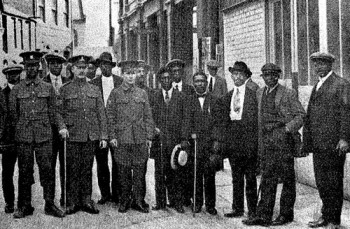
At the request of the British, the Japanese came into the war on the side of the Allies. Their goal was in part to grab these colonies from Germany. From October 31 to November 7, 1914, a combined Japanese and British force laid siege to the port. The British troops, many of whom were Sikhs, were a token force, while the Japanese made up the bulk of the expedition. The Japanese fleet blockaded the city and their aircraft carrier Wakamiya was the first carrier to launch attacks on sea and land targets, and also launched the first nighttime bombing raids in history. The city fell and became a Japanese colony for a time, as did several German Pacific islands.
The First World War touched every continent. Hopefully the coverage of this important conflict will broaden in the next few years to encompass the truly global nature of this war.
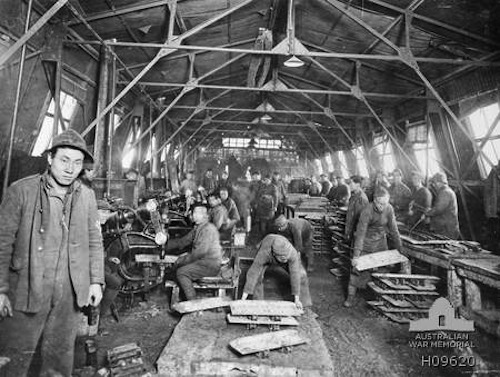
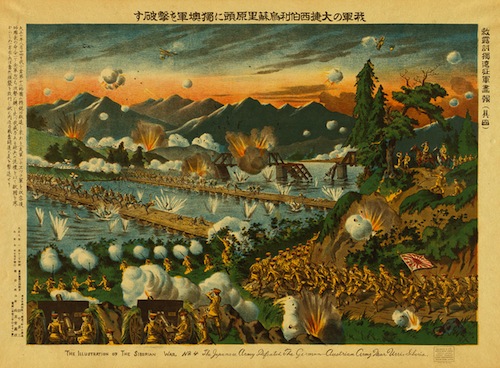
Sean McLachlan is a freelance travel and history writer. He is the author of the historical fantasy novel A Fine Likeness, set in Civil War Missouri, and several other titles. His most recent novel, Trench Raiders, takes place during the Battle of the Aisne in 1914. His historical fantasy novella The Quintessence of Absence, was published by Black Gate. Find out more about him on his blog and Amazon author’s page.
The French would make heavy use of non-European colonial troops in both 1914-1918 and 1939-1945. I suspect that at least one reason why this isn’t more widely publicised is the potential for reawakening bad blood with their neighbours over instances of mass rape by said troops, like the “Marocchinate”.
(sarcasm)Good thing European troops never did that(/sarcasm)